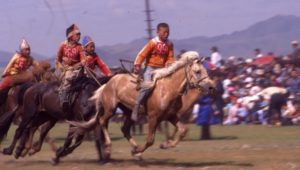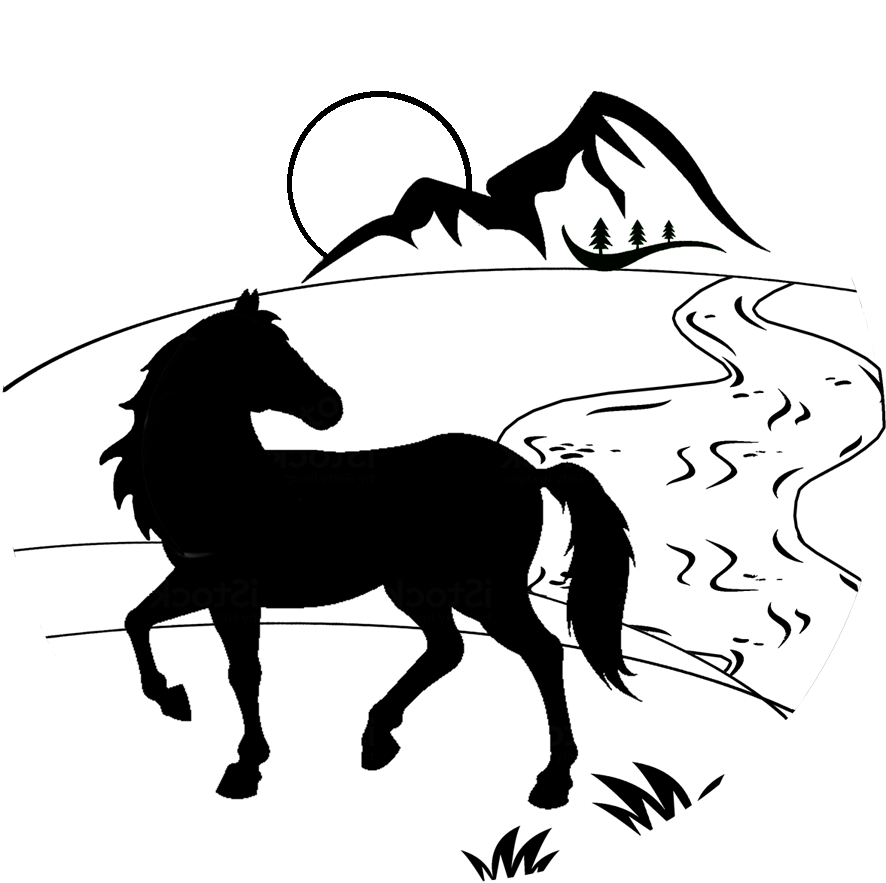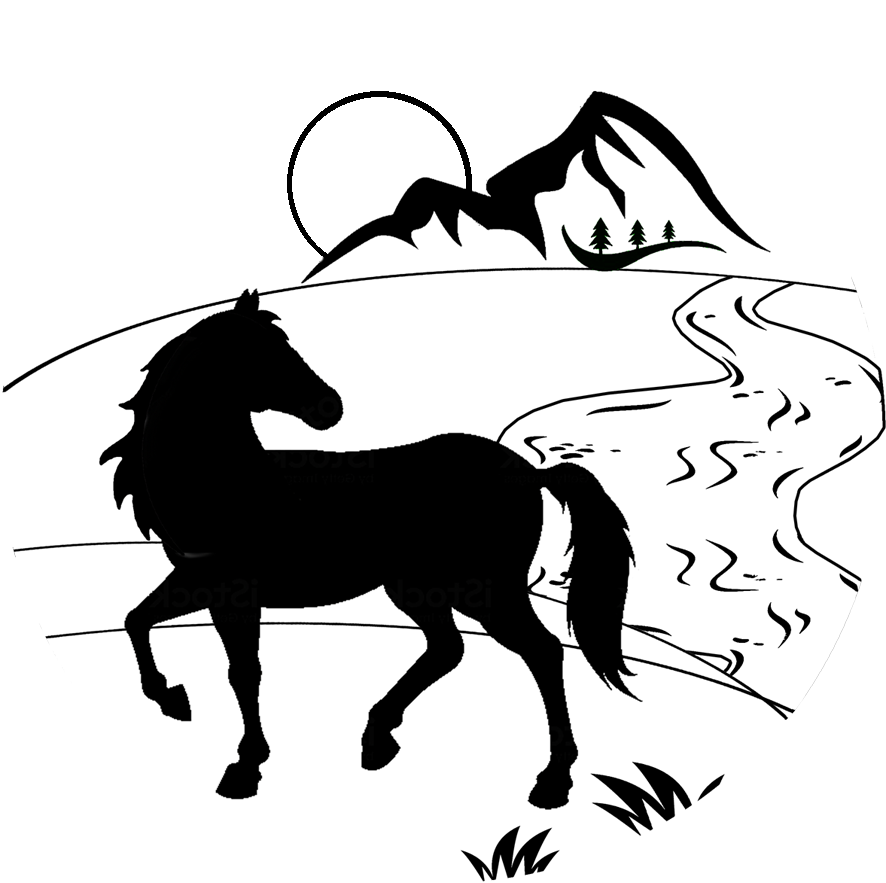TSAGAAN SAR
It is family’s celebration and a family will meet in the home dwelling of the eldest in the family. Peoples will dressed in full garment of national Mongol costumes. When greeting their eldest during the white moon festival, we perform the zolgokh greeting, grasping them by their elbows to show support them. The day before Tsagaan sar is called Bituun the name of the lunar phase of a new of dark moon. On the Bituun day, people thoroughly clean around home, herders also clean the barn and visit the youngest family, to eat some of traditional food includes meat dumpling which is most delicious in celebration. On the first day of Tsagaan sar, people have to wake up before the sunrise and put on their new or clean clothes. Then men climb to the nearest hill or mountain to watch the first sunrise of New year while women bake milk tea at home and offer it to earth and god wishing the best to their family. Thereafter they visit their parents, grandparents or elder.


NAADAM FESTIVAL
Festival is the only one of its kind; it is an eloquent and majestic expression of nomadic culture. It is the honored celebration of a national independence, and amazing combination of arts and sport. It is celebrated every year from 11 to 13 July across Mongolia that focus on three traditional games: horse racing, wrestling and archery. It begins with an elaborate introduction ceremony featuring dancers, athletes, horse riders, and musicians. After the ceremony, the competitions begin.


Wrestling: A total of 512 or 1024 wrestlers meet in a single elimination tournament that lasts nine or ten rounds. Mongolian wrestling is an no limited time competition in which wrestlers lose if they touch the ground with any part of their body other than their feet or hands. When picking pairs, the wrestler with greatest fame has the piece costumes consisting of a tight shoulder vest ( zodog ) and ( shuudag ). Only men are allowed to participate. Each wrestler has a ” has an ” encourage ” called a zasuul. The zasuul sings a song of praise for the winning wrestler after rounds 3, 5 and 7. Winners of the 7th or 8th stage earn the title of Zaan, “elephant”. The winner of the 9th or 10th stage is called Arslan “Lion”. In the final competition, all the ” zasuul” drop in the wake of each wrestler as they take steps towards each other. Two time Arslans are called the giant or avraga.

Horse racing: Mongolian horse racing as featured in Naadam is a cross-country event, with races 15-30 km long. They length of each race is determined by age class. For example, two years old horses race for 16 km and stallion for 30 km. Up to 100 horses any part of Mongolia can be chosen to participate. Race horses are fed a special diet. Children from 5 to 13 are chosen as jockeys and train in the months preceding the races. Before the race begin, the audience sings traditional songs and the jockey sings a song called Giingoo. Prizes are awarded to horses and jockeys. The top five horses in each class earn the title of Tumnii ekh ( leader of ten thousand).


Archery: In this competition both men and women can participate. It is played by teams of ten. Each archer is given four arrows; the team must hit 33 “surs”. Men shoot their arrows from 75 meters away while women shoot theirs from 65 meters away. Traditionally the archers wear their national clothing ( deel) during the competition. All the archers wear leather bracers up to the elbow on their outstreched arm, so that the deel’s cuff does not interfere with shooting. Mongolian archery is unique for having dozens of surs as targets. Each surs is a small woven or wooden cylinder. They are placed on top of each other forming a wall three high, which is approximately 8 inches high by 5 feet wide.


